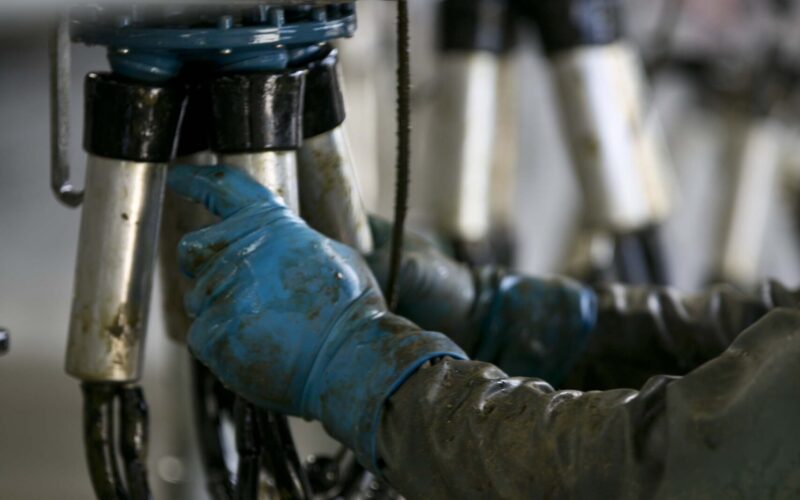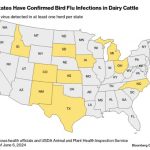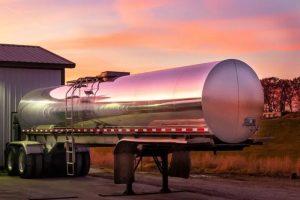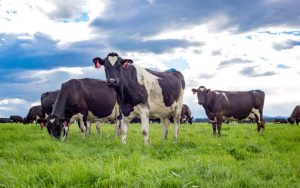
New Zealand milk production has stalled over the past eight years but has not “peaked” and will grow again when farmers get the right market signals.
So says Coriolis consultancy principal Tim Morris, who pointed to the annual 1% increase in milk per cow, which he described as occurring like clockwork over the past 50 years.
“Look at other countries, like Israel, and see that NZ is nowhere near the biological limit and at some point the decline in cow numbers will stabilise and milk per cow will continue to grow.
“Price signals to increase production have been muted recently, while at the same time, input costs have been growing faster than milk prices.”
Morris also points to longer-term farm consolidation and milking platform size increases as trends.
“Global demand and consumption have not stalled – this is primarily a New Zealand issue.
“Going back to the 1970s, there have been previous stalls followed by a return to growth.”
Farmers are coping with significant external pressures, such as environmental requirements and urban sprawl.
The trends suggest that the average NZ dairy farm has reached maximum grass per cow at current stocking densities and management systems.
At the same time the use of locally grown and imported feed supplements has stabilised.
Some commentators say this is “peak dairy” and others say it is a cyclical retrenching.
“Independent on your view of the future number of cows, it is almost incontrovertible that NZ will produce more milk in the future,” Morris said.
“Strong peers, including Ireland, Australia and the UK, all achieve more milk per cow.”
Conversely, if NZ cows were producing at the same levels as cows in these countries, we would need up to 1 million fewer than the current 4.9 million to maintain our current national production.
You can now read the most important #news on #eDairyNews #Whatsapp channels!!!
🇺🇸 eDairy News INGLÊS: https://whatsapp.com/channel/0029VaKsjzGDTkJyIN6hcP1K

























